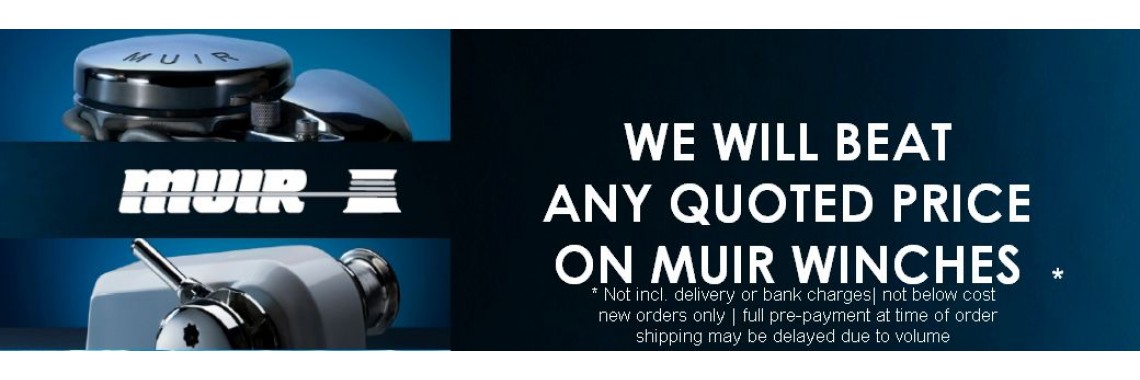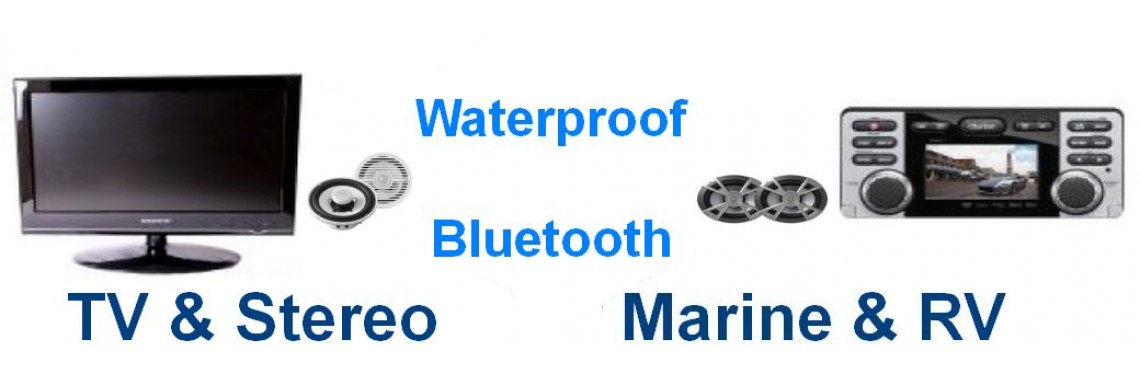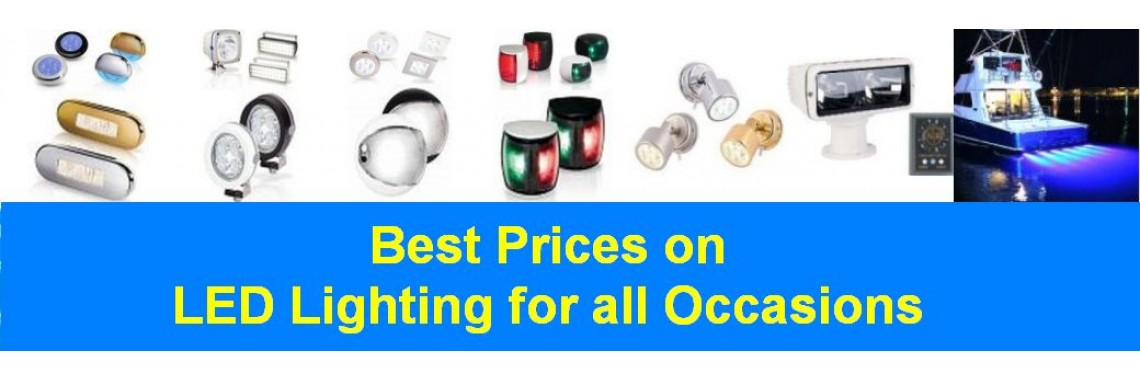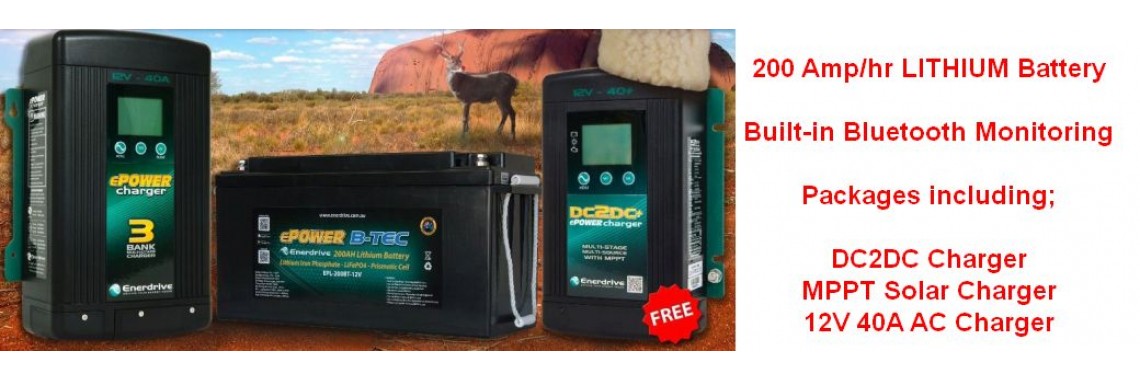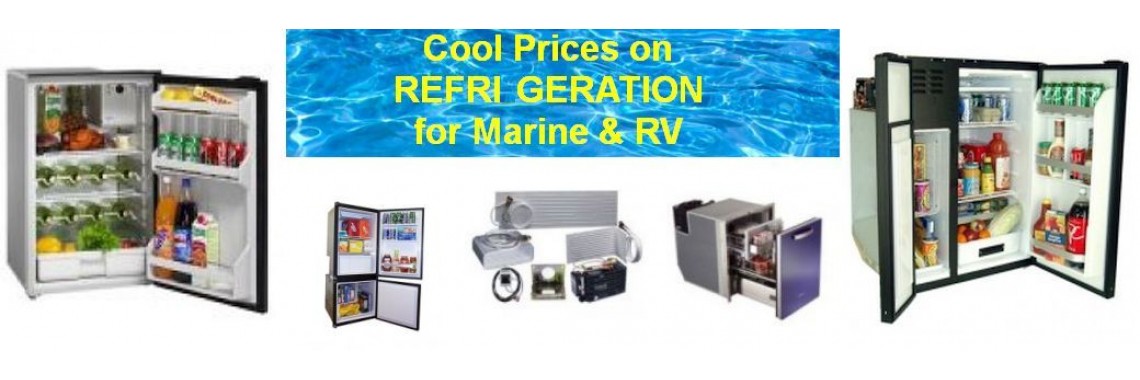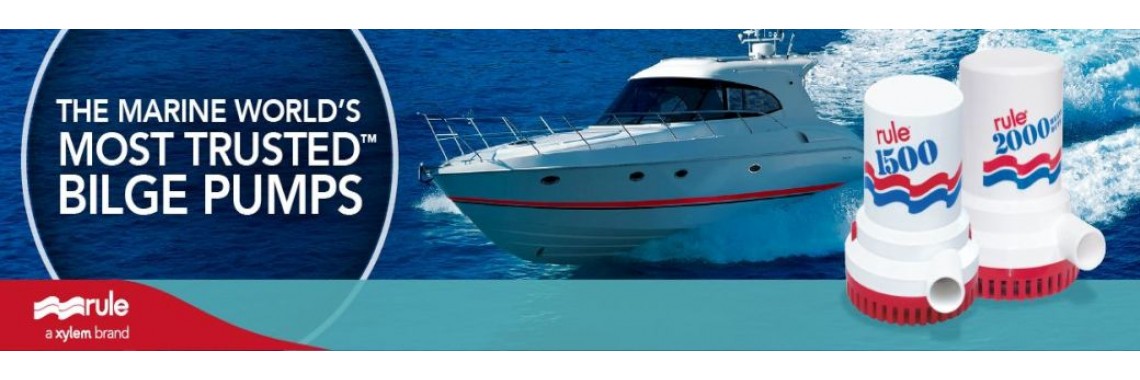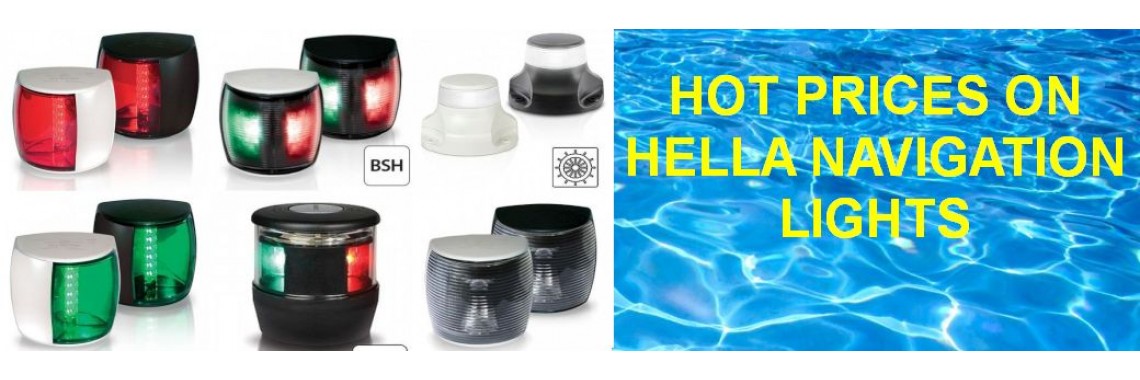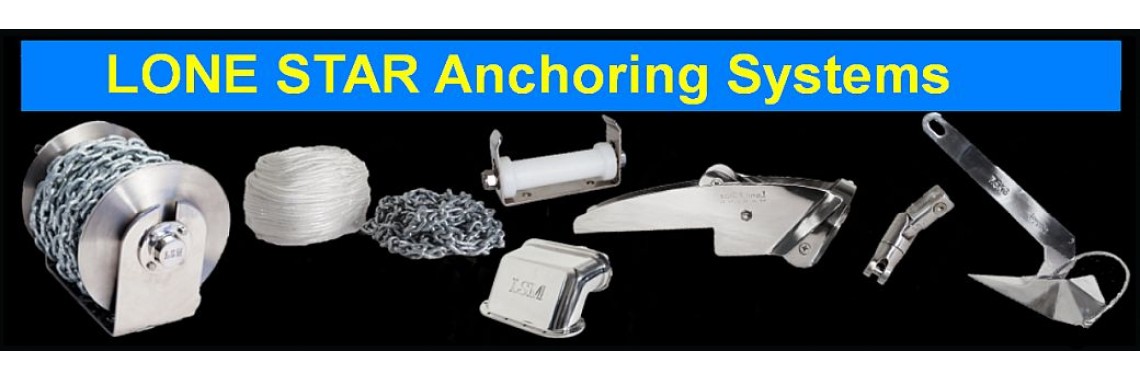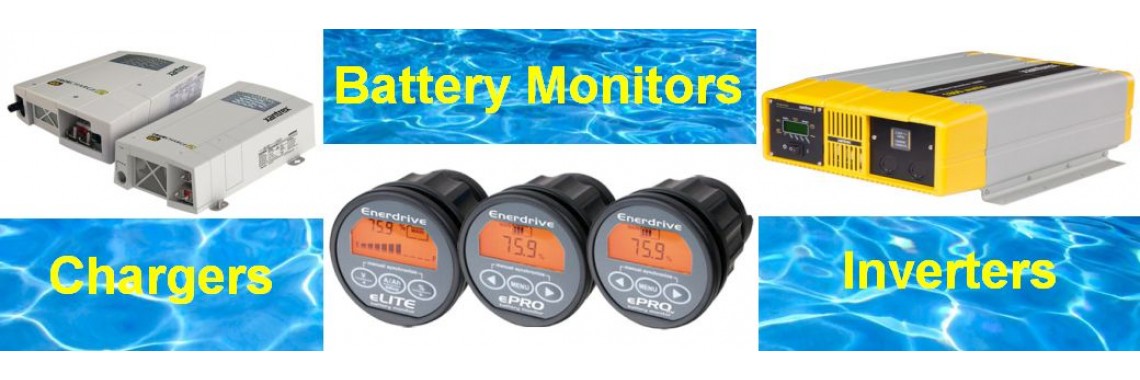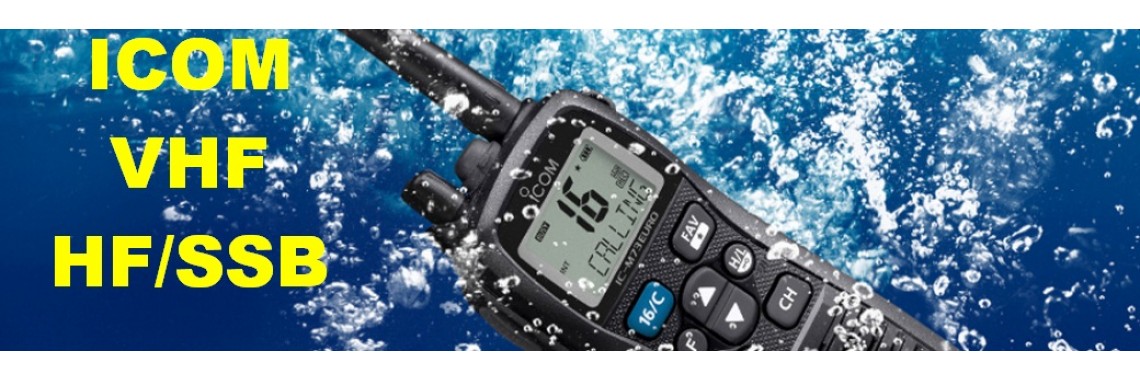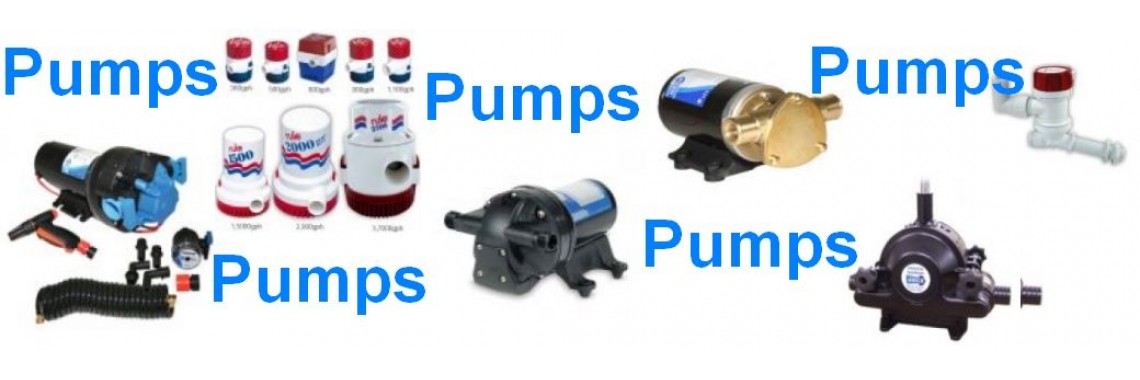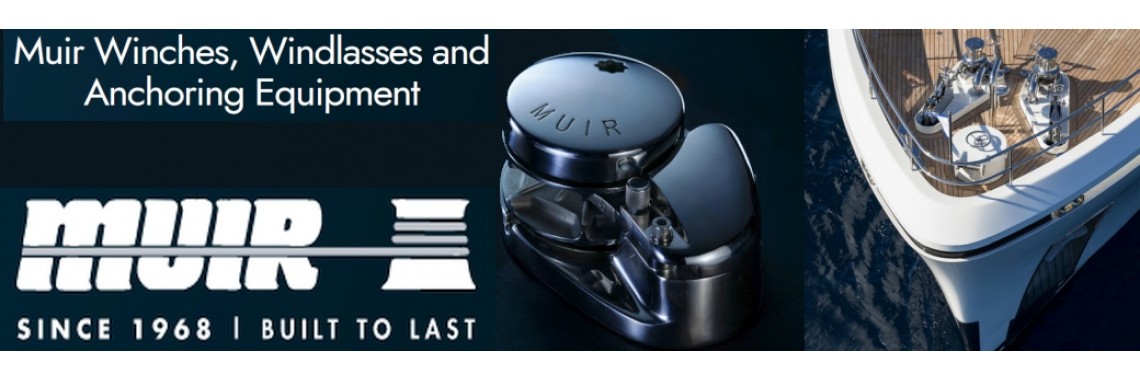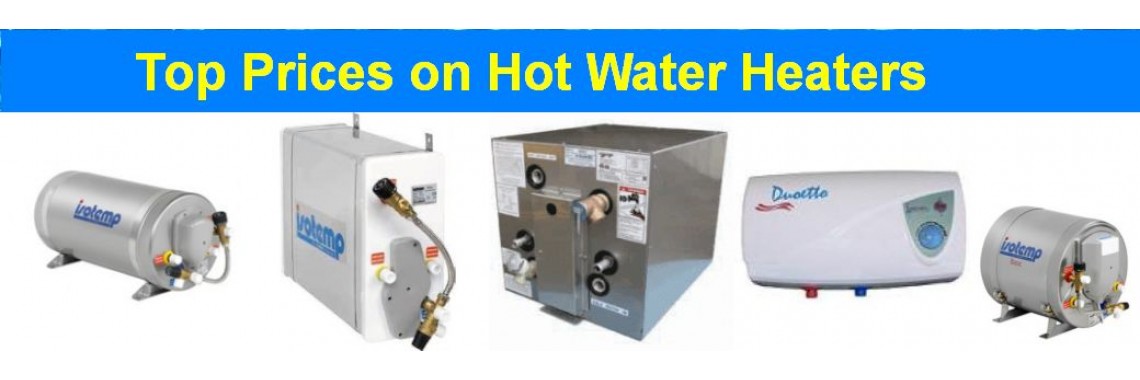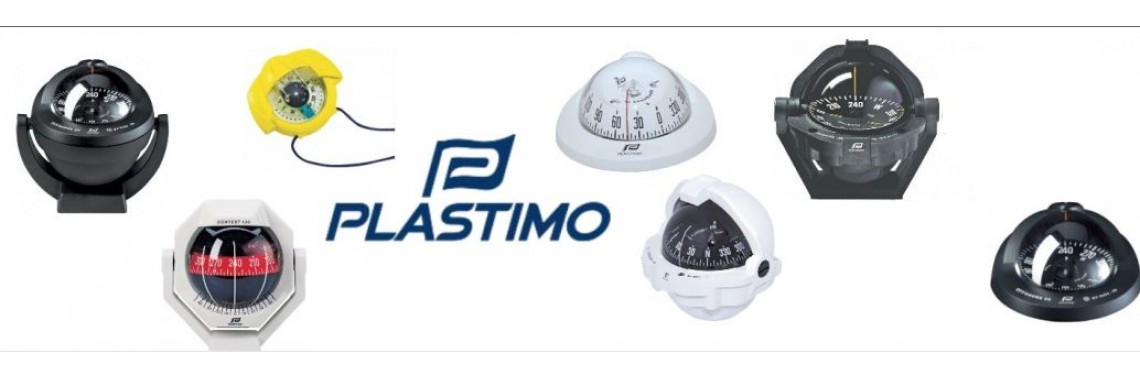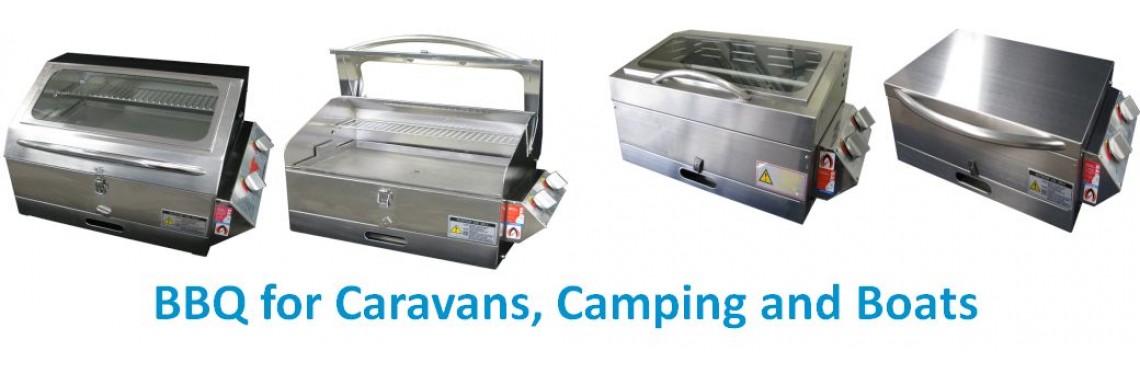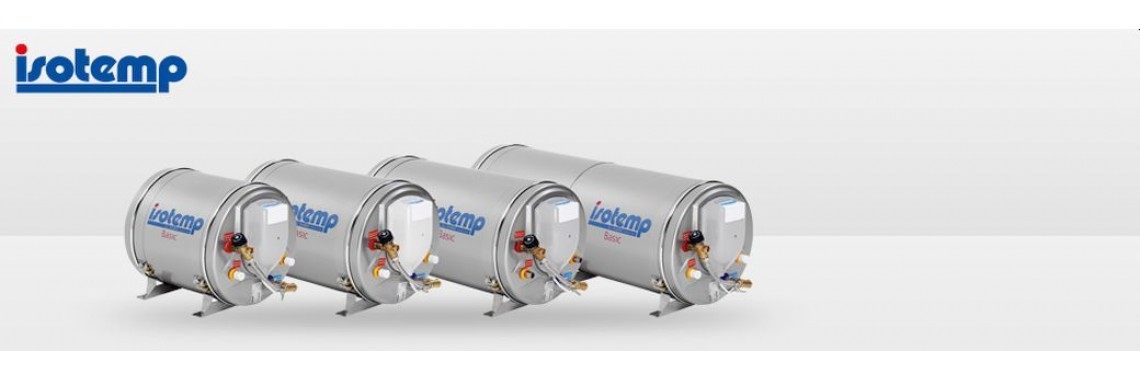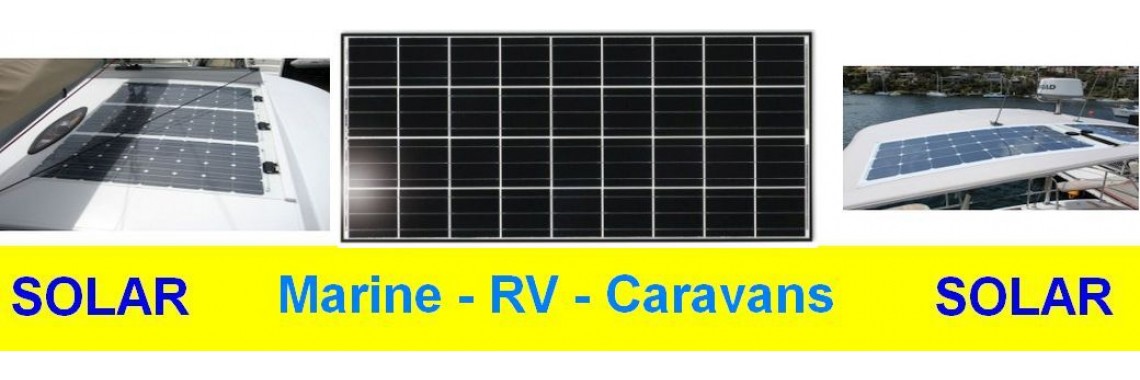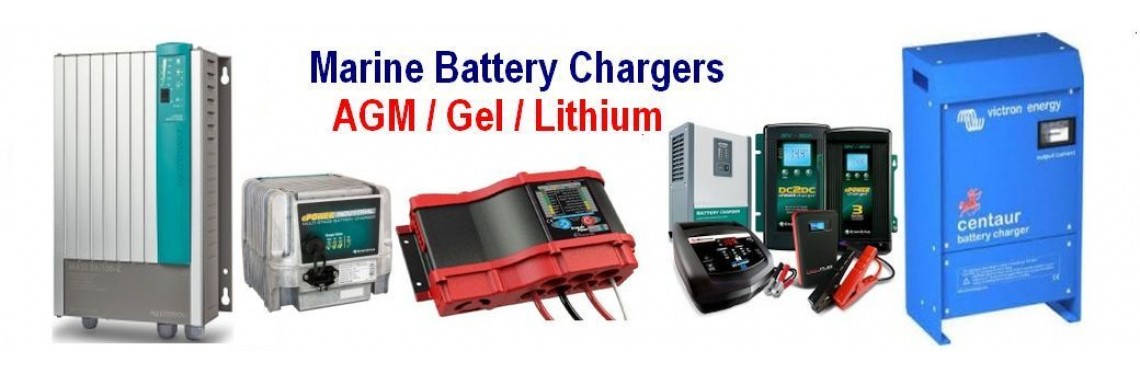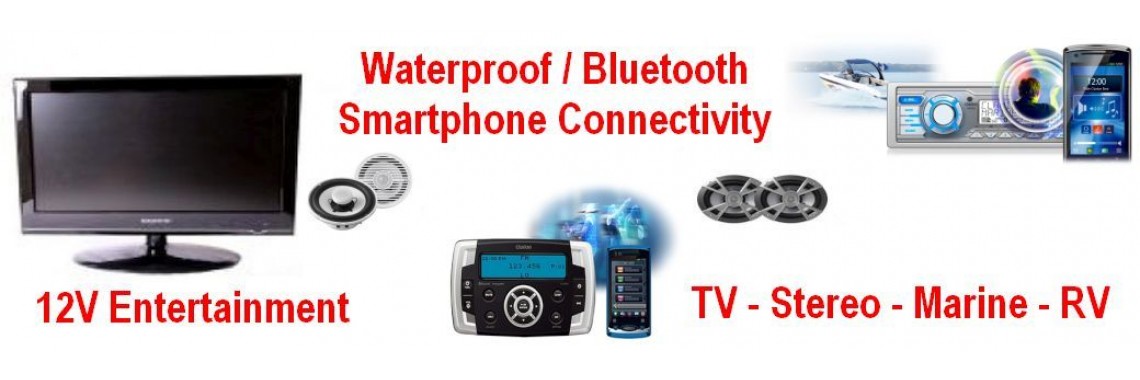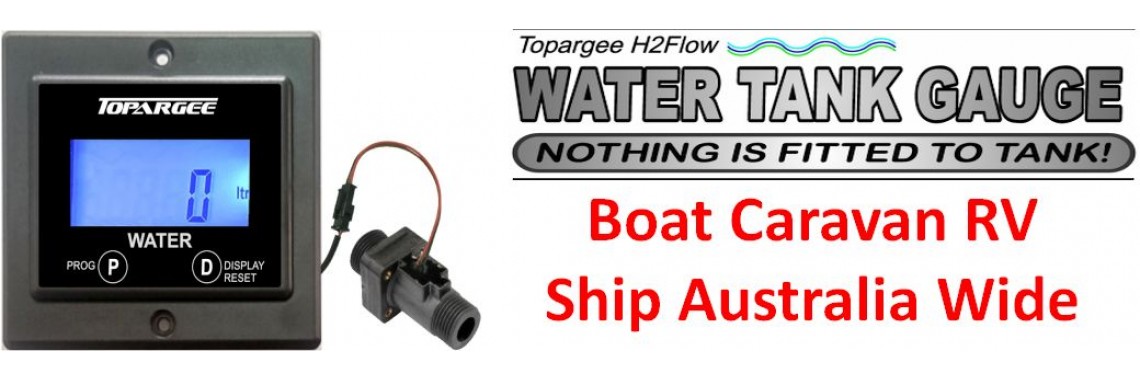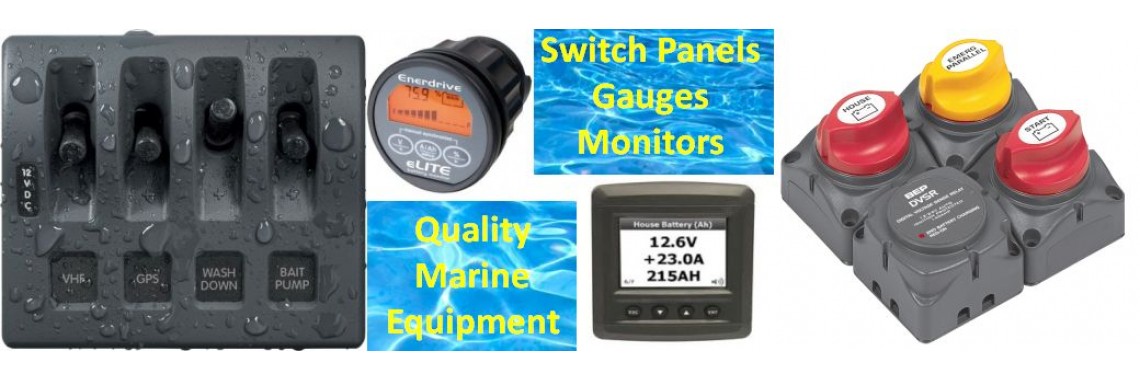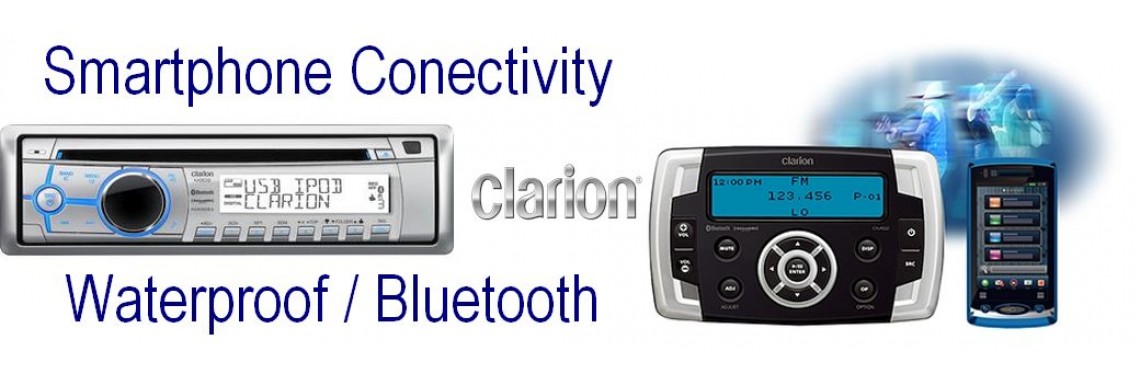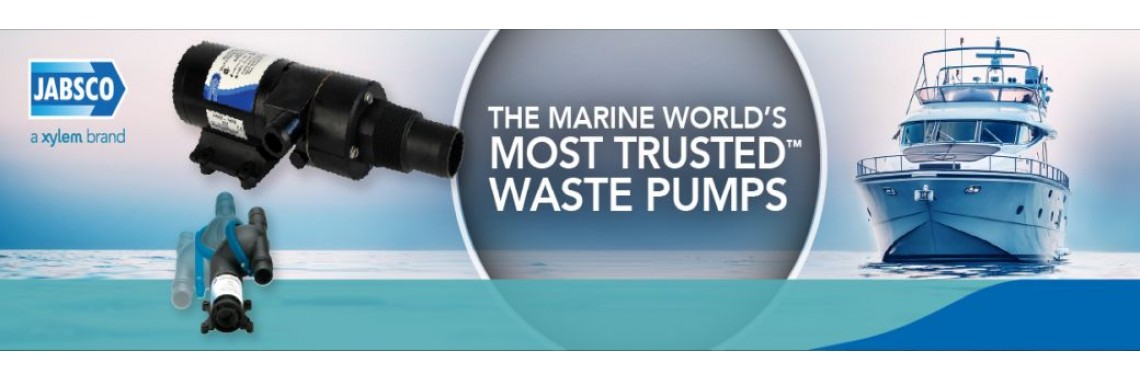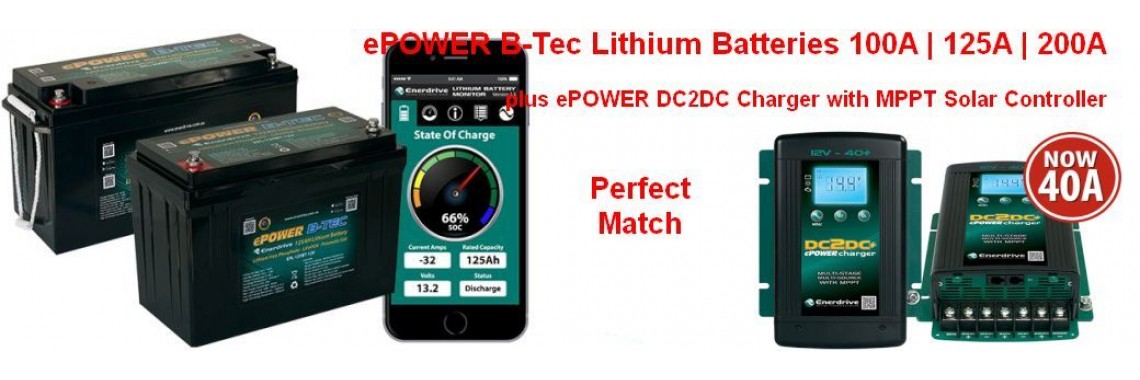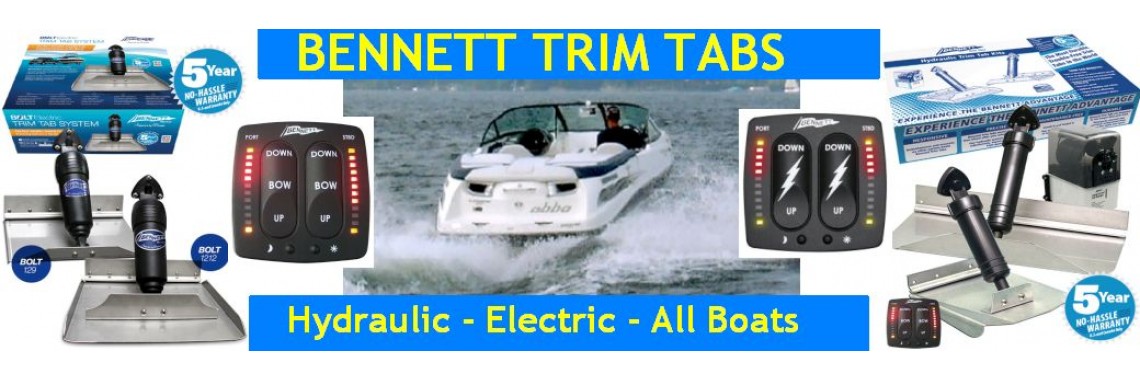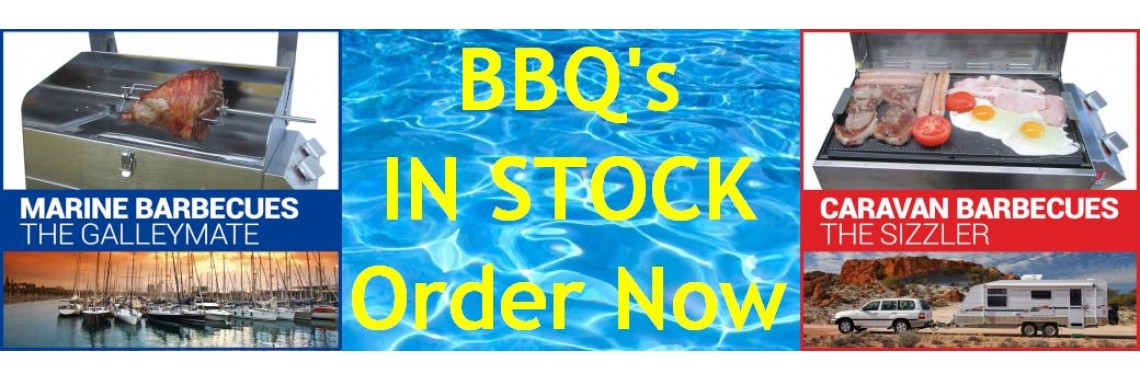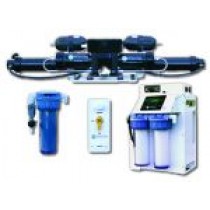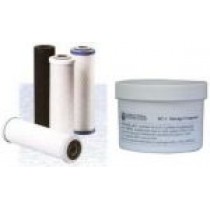WATERMAKER - DESALINATOR
WATERMAKER - DESALINATOR
Frequently Asked Questions
Q: Why do I have to fresh water flush my Spectra watermaker?
Seawater contains two things that can shorten the life of any RO membrane; minerals and living organisms. If seawater is allowed to remain in contact with the Spectra membrane, minerals will begin to adhere to the surface; a fresh water flush will actually dissolve many minerals and stops this from happening. Seawater is also full of microscopic life and as the oxygen is consumed when the system stops, these organisms begin to die and decay. This decay causes bio-fouling which smells bad and will also lead to low-oxygen corrosion that will attack the stainless steel components critical to the function of any watermaker. Fresh water flushing virtually eliminates all these problems.
Q: How long does a Spectra Membrane last?
The life of a Spectra membrane is directly dependent on how well it is cared for, which is why our many of our systems include automatic fresh water flushing. Keeping the Spectra membrane clean and stored in fresh water during voyages can add years to the service life of any membrane. Proper long term storage, or pickling, is also important for longevity. A well maintained reverse osmosis membrane can easily last 5 to 6 years, or even longer, out in the field.
Q: How long will my Spectra filters last?
That depends. In the open ocean filters can last for months before needing to be cleaned, but if you're in the middle of a large algae bloom, enclosed bay or channel, they can plug up in hours. So the real answer depends directly on the system installed, the feed water source, and the environment, to name a few of the variables.
Q: Why does the boost pump have to be installed below the Waterline?
The small and powerful centrifugal pumps used on all Mk II systems do an excellent job of “pushing” water through the plumbing, but they cannot “pull” water up from the thru-hull when they are installed above waterline. Installing these pumps too high will reduce their effectiveness, and can result in premature wear and tear on the feed pumps and the frequent replacement of prefilters.
Q: How do I make sure I get the longest possible life out of my feed pump?
Almost all feed pumps, with very few exceptions, are vulnerable to restrictions in the intake line, sucking air, and operating continuously at above normal pressures. By installing the pump as low in the boat as possible, and diligently maintaining the prefilters, hose connections, and keeping the Clark Pump and membrane array properly stored, you will find that all of Spectra's feed pumps will provide years of trouble free service.
Q: Why does Spectra have a proprietary pickling compound?
Just as we have designed our systems specifically for seawater, the high density plastics, o-rings and seals that make our systems so reliable and corrosion proof have specific chemical cleaning and storage requirements. The chemical formulation that we offer was specifically formulated by the U.S. Navy to be compatible with today's modern composite materials. Maintaining your system with Spectra's cleaning and storage chemicals will provide you with years of trouble free service.
There are no products to list in this category.


